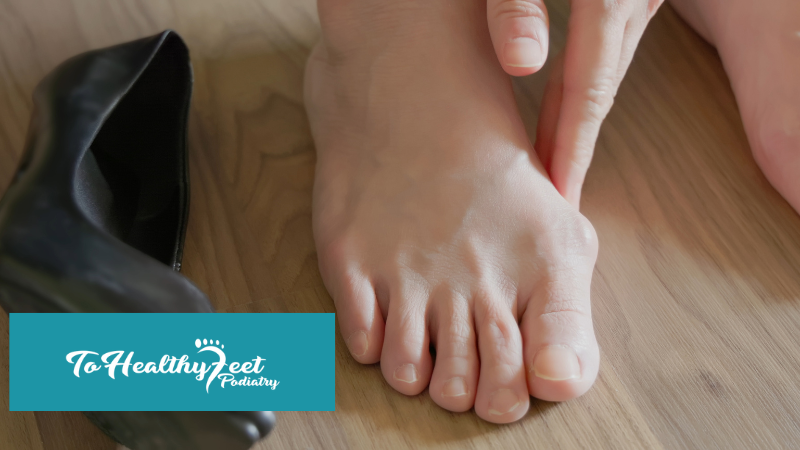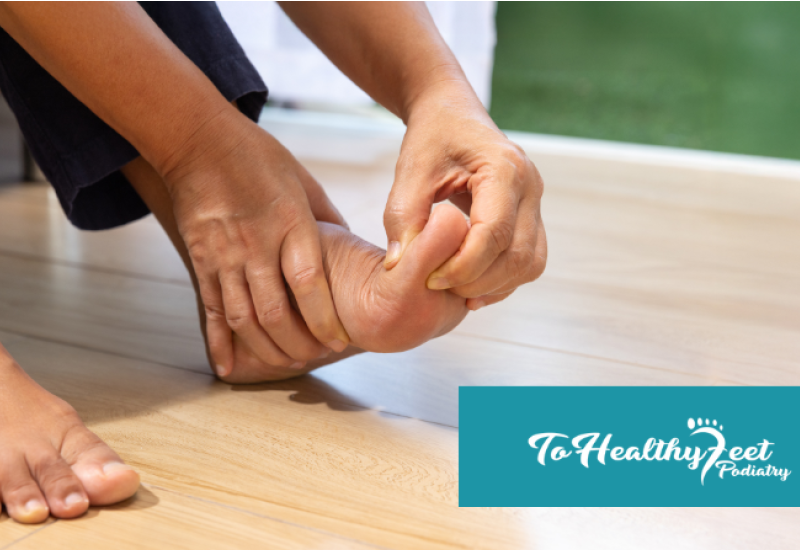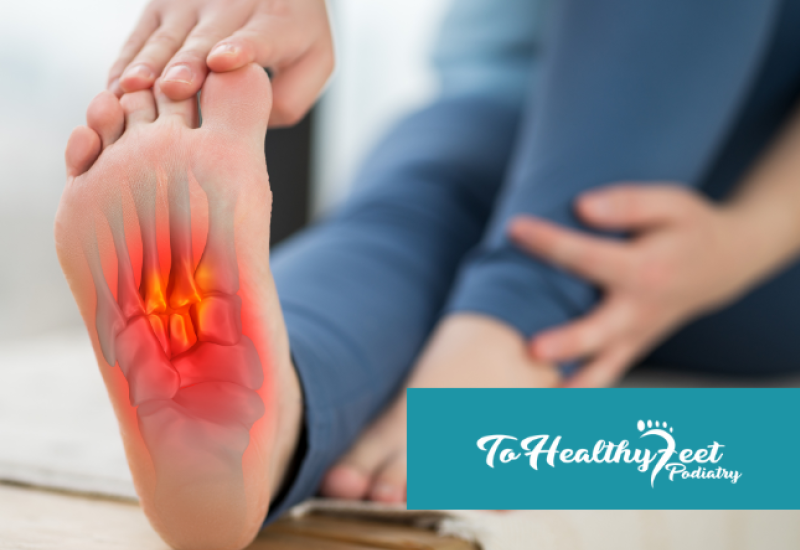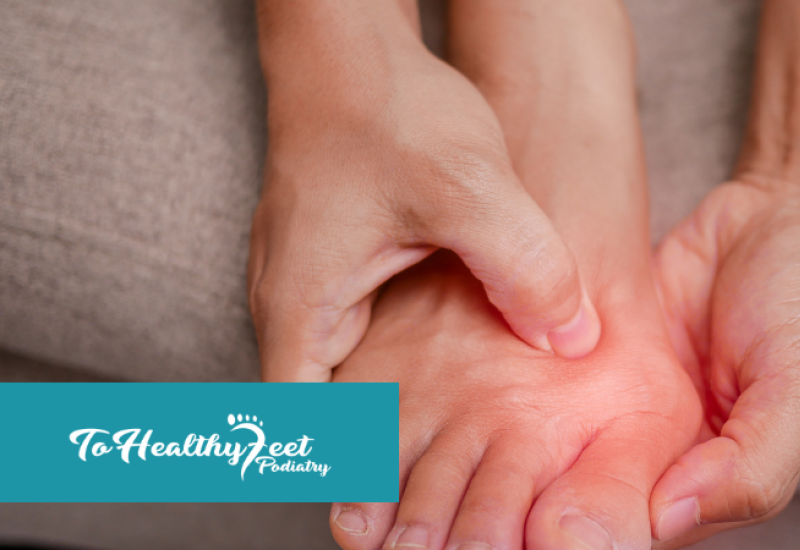Identifying the Source of Your Big Toe Pain
If every step feels stiff or painful in your big toe, it could be more than just fatigue. For many people in New York, conditions like hallux rigidus or big toe arthritis are the root cause of chronic discomfort and limited mobility. Both conditions affect the joint at the base of the big toe, but they require tailored treatment.
At To Healthy Feet Podiatry, our experienced all-women team specializes in diagnosing and treating a wide range of foot conditions at our Grand Central, Downtown Manhattan, Upper East Side, and Times Square locations. Understanding the early signs of these toe issues is key to avoiding long-term joint damage and maintaining a healthy, active lifestyle.
Toe Pain and Stiffness in NYC: Hallux Rigidus vs. Big Toe Arthritis
What Is Hallux Rigidus?
Hallux rigidus is a form of degenerative arthritis that affects the metatarsophalangeal (MTP) joint at the base of the big toe. It typically begins with mild stiffness and discomfort during movement, especially when walking or climbing stairs. Over time, the joint becomes increasingly stiff, and bone spurs may form, causing pain even at rest. Unlike general arthritis, hallux rigidus is localized and progressive, and it often leads to a noticeable reduction in toe motion.
How Does Arthritis in the Big Toe Present?
Arthritis in the big toe can result from different types of joint inflammation, such as osteoarthritis, rheumatoid arthritis, or post-traumatic arthritis. Symptoms can include swelling, tenderness, joint instability, and aching pain that worsens with activity. Unlike hallux rigidus, arthritis may affect more than one joint in the foot and can have flare-ups or periods of relief. Early diagnosis is essential to slow progression and preserve joint function.
Key Differences Between Hallux Rigidus and General Arthritis
While both conditions share symptoms like stiffness, swelling, and pain, there are distinct differences:
- Hallux rigidus causes increasing loss of toe motion, often with a “frozen” joint.
- General arthritis may include broader inflammation and impact multiple joints.
- Bone spur development is more common in hallux rigidus.
- Arthritis can occur in younger patients due to autoimmune or post-traumatic causes.
A thorough evaluation by an NYC foot specialist is the best way to confirm which condition is present.
Diagnosis and Assessment at To Healthy Feet Podiatry
At To Healthy Feet Podiatry, we use physical exams, X-rays, and diagnostic imaging to assess joint health and identify the cause of your toe pain. Our Manhattan-based clinics offer a comprehensive workup to determine the severity of joint degeneration and tailor a treatment plan for your specific condition. We pride ourselves on educating our patients at every step and taking time to explain each diagnosis clearly.
Treatment Options for Hallux Rigidus and Big Toe Arthritis
Treatment depends on the severity of the condition but often starts conservatively. Common recommendations include:
- Custom orthotics to offload pressure from the toe joint
- Anti-inflammatory medications to reduce swelling and pain
- Footwear modifications with stiff-soled or rocker-bottom shoes
- Physical therapy to preserve mobility
In more advanced cases, surgical intervention may be required. To Healthy Feet Podiatry offers surgical options when necessary and helps each patient understand the risks and benefits.
Walk with Confidence: Get Help for Toe Pain in NYC
Whether you’re experiencing mild stiffness or sharp pain in your big toe, understanding the cause is the first step toward relief. Hallux rigidus and arthritis may share symptoms, but they require targeted care to avoid permanent joint damage.
At To Healthy Feet Podiatry, our compassionate team provides accurate diagnosis and effective treatment for patients across Grand Central, Downtown Manhattan, the Upper East Side, and Times Square. We are dedicated to improving your mobility and quality of life through expert foot care.
Contact To Healthy Feet Podiatry in New York to schedule your appointment and take your next step with confidence.
FAQs
Q: What is the main difference between hallux rigidus and arthritis in the toe?
A: Hallux rigidus primarily causes stiffness and limited range of motion in the big toe, while general arthritis may affect multiple joints and have more variable symptoms.
Q: Can I treat toe arthritis at home?
A: Mild symptoms may improve with rest, footwear changes, and anti-inflammatories, but a proper diagnosis is essential.
Q: When should I see a podiatrist for big toe pain?
A: If pain lasts more than a week or interferes with walking, it’s time to consult a foot specialist. Still dealing with foot pain? Contact To Healthy Feet Podiatry today to schedule an appointment.




